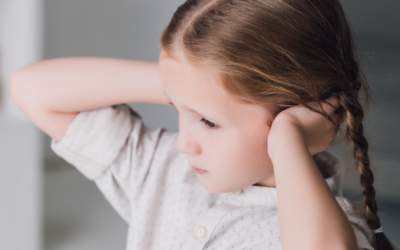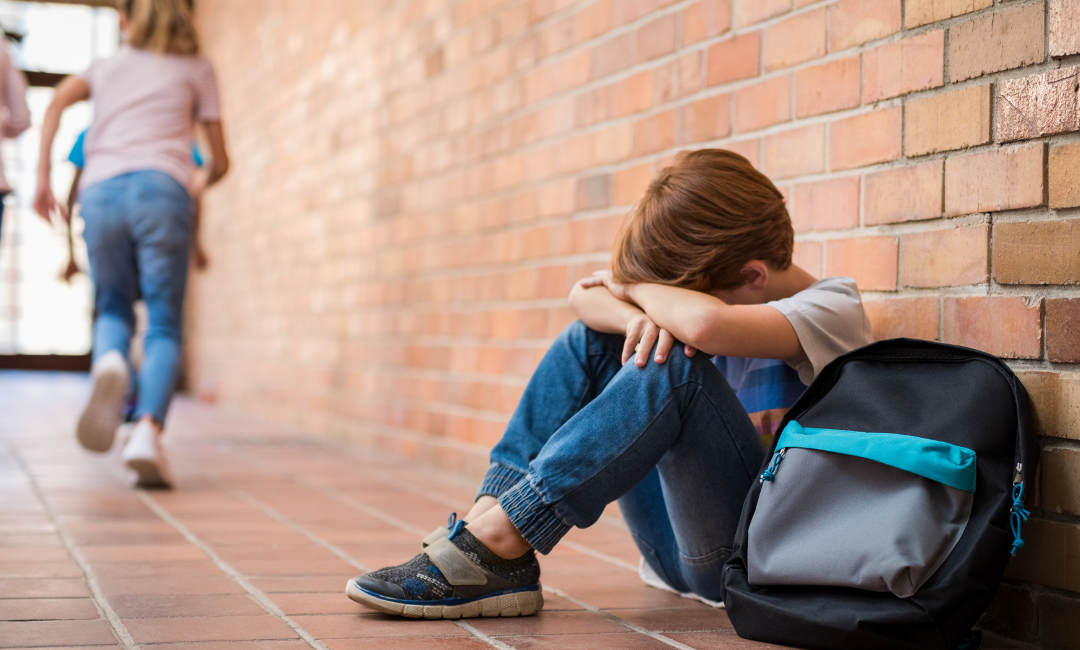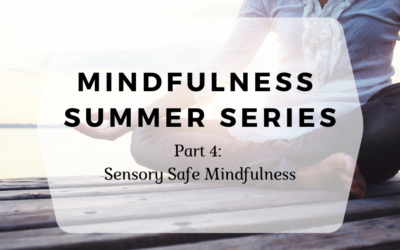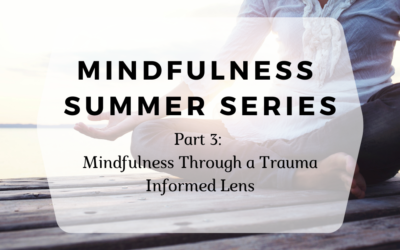Whether you are a parent or not, everyone appreciates calm. Life creates more opportunities for noise,
busyness, tension, and high energy activity than it does for relaxing and peaceful moments. It is for this
reason that adults, teens, and children alike will need to be intentional to find calm. In this first part of our two-part blog, we would like to focus on the needs of parents. What it is like for a parent or foster
parent while raising children? What if they have 2 or more children in their home and one or more has
special needs? That certainly adds complexity into the parenting experience. Their work can be very
hard but incredibly rewarding with the right resources.
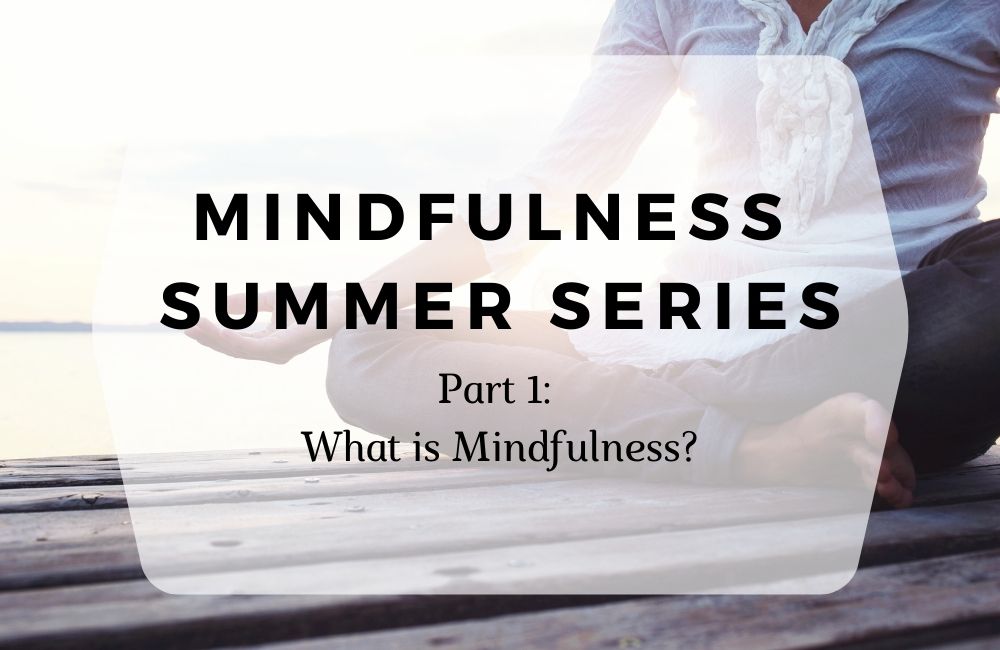
Part 1: What is Mindfulness?
Over the last two decades the word “mindfulness” has been used frequently by people all over the world. With its original roots in Eastern Culture as a core tenet in Buddhism, and massive spread into Western Culture’s practices of psychotherapy, acceptance-based therapy, as well as yoga and meditation practices – the concept of mindfulness can be confusing.
Is this something I want to learn or use? If I participate in mindfulness does this mean that I am practicing the Buddhist faith? Is it a safe practice for all people? Is there anything I should be aware of before beginning mindfulness? What exactly is mindfulness?
We look forward to exploring these questions and more in our four-part Summer 2021 Mindfulness Blog Series. In this first blog we want to start with the question: What is Mindfulness? Depending on who you speak with this definition may look a little different, however most mental health therapists will provide their clients with a similar definition.
Mindfulness is an awareness of thoughts, feelings, behaviors, and behavioral urges.
By learning mindfulness, we are empowered to be in charge of ourselves in a different way. It has been proven that awareness assists in emotional regulation. Mindfulness can be practiced using one or more of these complimentary activities: eating, walking, laying down, engaging in relaxing breathing, listening to music, completing an art project, coloring, woodworking, watching TV, driving, working, etc. In some cases, individuals bring mindfulness into their prayer life, noticing when they become distracted and returning their attention back to the prayer.
Many who come to us for a visit associate mindfulness only with meditation and religion, but it is much broader than that. If you participate in mindfulness, it does not mean that you are practicing Buddhism or any other religion. Mindfulness is a practice of being aware of the present moment regardless of the activity the person is engaged in. A few of the many benefits of adopting mindfulness are a more relaxed body, a focused mind, the ability to resist an urge, and for some handle a big emotion more successfully.
But with all this goodness comes the reality that mindfulness is not always safe for everyone, especially when experienced in group environments or when mental health challenges cause this practice to intensify disassociation or be thrown back into a traumatic event. We look forward to sharing more about the importance of using mindfulness in a safe way in our upcoming blogs in the four-part Summer 2021 Mindfulness Blog Series.
Parenting: Finding Calm in the Chaos (Part 1)
Finding Peace on Earth
As we wind down 2021 with all its twists and turns we look toward a new year. Most people look forward with hope, that life might be easier, less chaotic, and filled with family, friends, good health and happiness. Christmas and Holiday cards send best wishes for a joyous and peaceful new year. There is a very real hunger and thirst for peace, for peace on this earth.
Sounds That Scare Our Children
It can be common to see children plug their ears or show displeasure toward an unexpected, loud, high
pitched or popping sound, however, how do we know when it is time to get professional help for our
child whose responses appear severe. A quick reaction to a sound means the child is responding to their
good survival instincts so it’s all normal, right?



